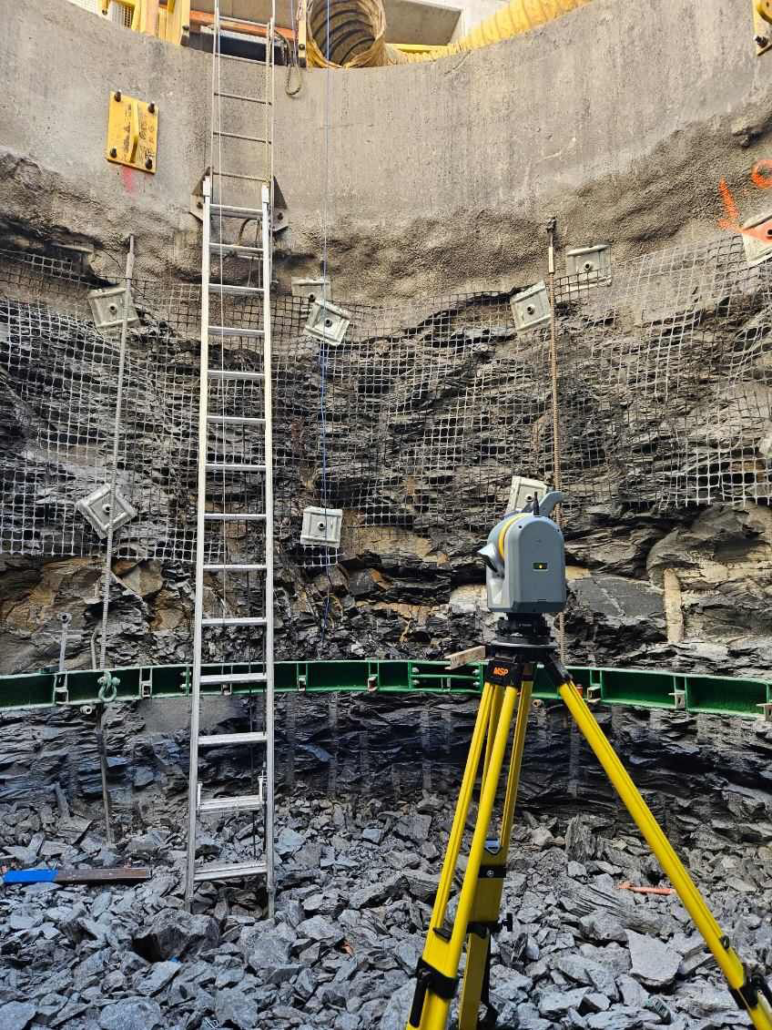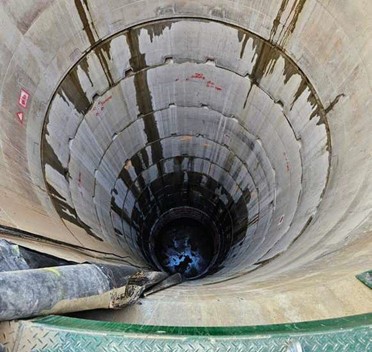Vertical Shaft Mine Surveying Technology
Brett Grocock, owner and authorised mine surveyor, Element Geospatial (formerly Mine Survey Plus), addresses how mine owners can address the challenges of vertical shaft mine construction through the use of surveying technology and innovative techniques
This article by Brett Grocock of Element Geospatial was originally published in the March 2025 issue of GeoDrilling International. The original article can be found here. (Note: Access to the full article on GeoDrilling International may require a subscription). See LinkedIn post





